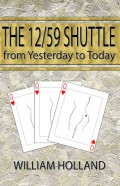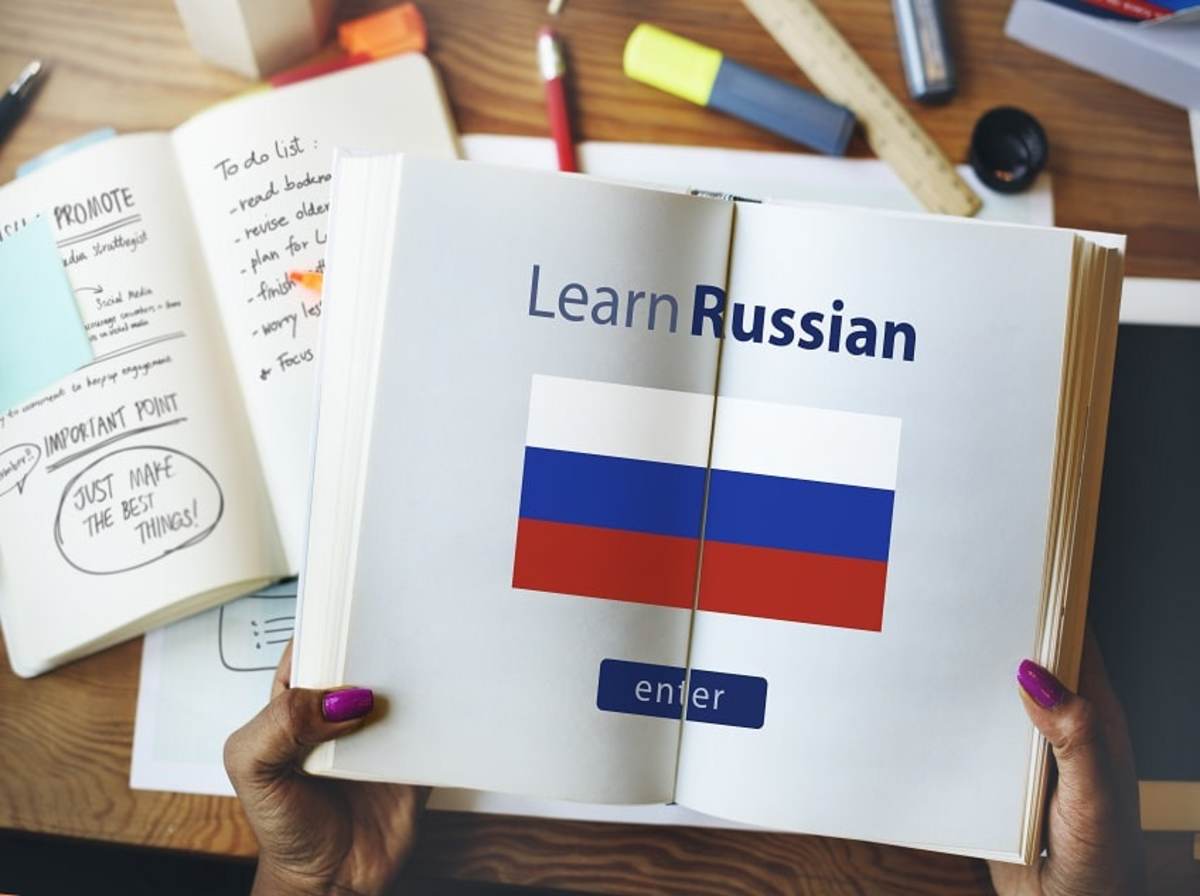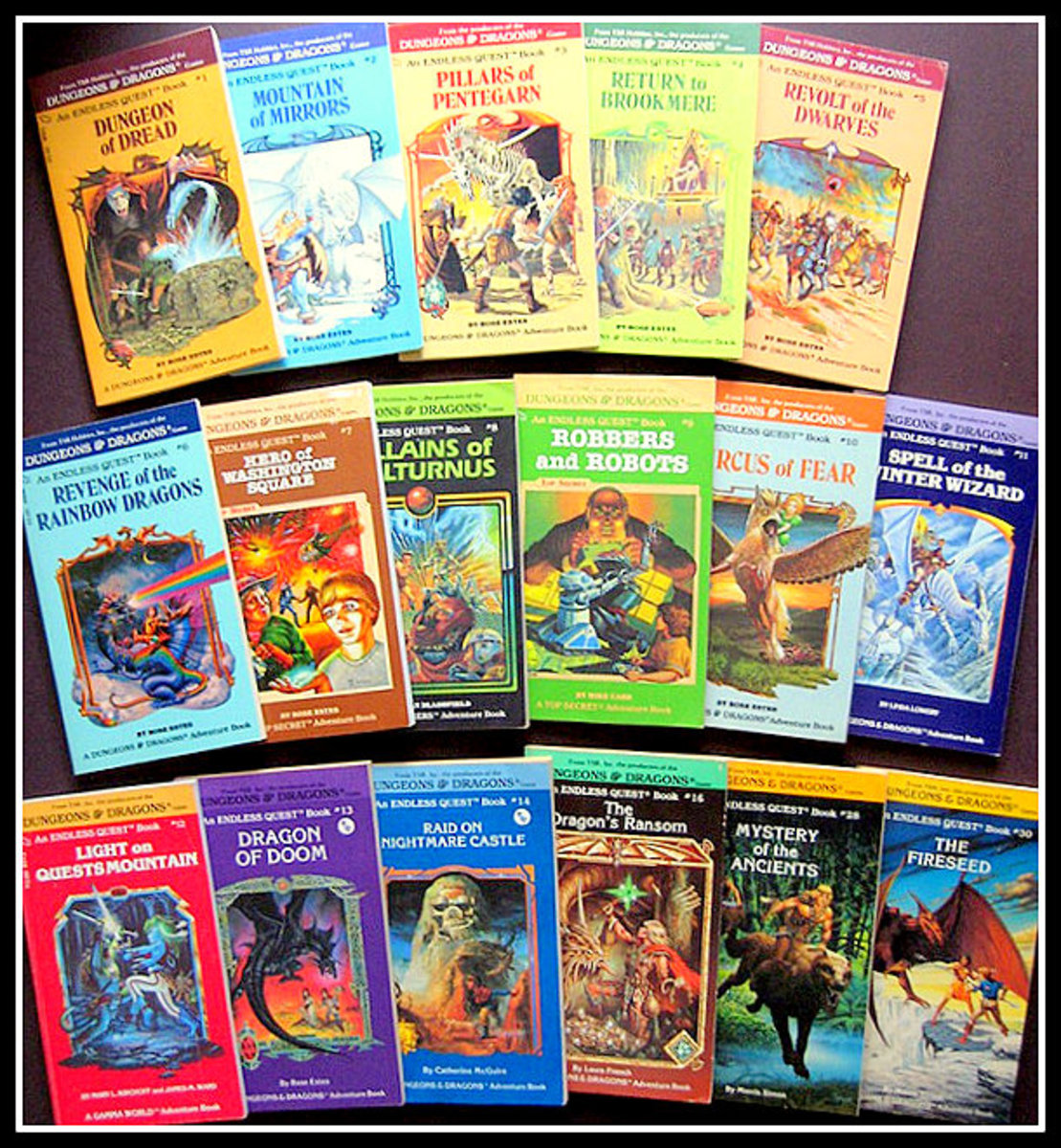- HubPages»
- Books, Literature, and Writing»
- How to Write»
- How to Get Published
Tips for Writing and Publishing a textbook or textbooks: how to write and publish a better book
textbook publishing

How do I publish a book
Tips for writing a textbook or textbooks
In publishing a book, whether it is internet book publishing or kid book publishing, or any other book publishing, there are some points you should consider if you want to be a published writer. If you are writing e textbooks, the same principles apply as well, with some changes such as you do not need to polish the book as much because you can continually change it. Publishers textbook requirements are a little higher compared to e textbooks. A novel writing style is very different, so you should apply the following principles in writing for a textbook publisher.
The title
The title of your textbook should be simple and descriptive; it should also be aligned as closely as possible to the title of the courses for which your textbook is intended.
Style of writing and sample chapter
The writing style needs be as accessible as possible – especially if you are writing for an international audience, avoid parochialisms, e.g. ‘in this country’.
In addition to peers, you should ask your students to read and comment on draft chapters of the manuscript.
Get a sample chapter ready to send to text book publishers; don’t send the whole book even if it is ready and sparkling. This is good because they will not feel suffocated and you will not be delivering your whole book on the internet to people you don’t know yet.
Timing and the publishing schedule
Timing is critical for successful textbook publication. For books to be adopted in August, September or October - the adoption window - they have to be published by the text book publishers in January, February or March (and set on spring reading lists). Any marketing strategy is crucially tied to the publishing schedule and it is important to manage this deadline.
Essential pedagogical features in text book publishing
Books which help students find what they want are:
• more likely to be recommended by lecturers
• more likely to be bought by students.
When you are writing your manuscript, please try to incorporate these features as you go along. It is much simpler to do this as you write, rather than to add features when the manuscript is finished. There is no need to worry about layout at this stage, but it is useful for features to be clearly identifiable, e.g. by boxing in text, using a different typeface or using italics. Any editor will treat each feature separately when preparing a type specification for your book.
Examples about pedagogic features are given here - please note they are intended to be illustrative only.
Formatting in your manuscript should be kept to a minimum.
SUMMARIES
Chapter-opening summaries are highly recommended. They can take the form of a short paragraph, a list of topics or a list of learning objectives. If your book is divided into parts - which it should be - then a part-opening summary can also be useful.
SUMMARY CHAPTER CONTENTS
Introduction
What is crime: competing definitions
Crime as criminal law violation
Crime as a social construct
Crime as ideological censure
How much crime: statistical measures
An example of learning objectives:
LEARNING OBJECTIVES
By studying and doing the activities in this chapter you should be able to:
• understand some distinctive features of learning counseling skills
• understand some different approaches to skills training
• gain knowledge about stages of learning counseling skills
• understand some of the main methods of learning introductory counseling skills
• identify some skills for managing your learning
• identify some skills for working with your fellow students
• identify some skills for getting the best from your trainer
WITHIN CHAPTER SUMMARIES
These can be useful to emphasize what has been covered. These need to be no more than a line or two. Boxed type or some other layout can be used to distinguish them. Bullet point lists also work well, but should be no more than five items.
Hence one cannot help recalling previous recommendations on the basis of the East Asian experience for how to establish state efficiency, as summarized by Roger Wade (1996):
• Establish a pilot agency or economic general staff within the central bureaucracy whose policy heartland is in the industrial and trade profile of the economy and its future growth path.
• Develop effective institutions of political authority before the system is democratized.
• Develop corporatist institutions as or before the system is democratized.
CHAPTER END SUMMARIES
A chapter end summary should not be confused with a Conclusion and should be no more than about 100 words.
Summary
• Modernization researchers proceeded according to the assumption that developing countries were on their way towards an ideal-type European model of development. They then studied the degree to which, and the problematic manner in which, this happened.
• Behaviorism formed the point of departure, in the form of systematic empirical and often interdisciplinary studies of social behavior. Modernization researchers were inspired by sociologists and economists who distinguished the modern from the traditional, and who identified different stages of development.
• As a result of social, economic and cultural modernization, the political system would develop as well. Third World countries were backward. It was a question of approaching modernity roughly as the developed countries had done.
CONCLUDING LIST OF KEY TERMS
These can have a useful synthetic function in more conceptual chapters.
CULTURE: Culture is a term often used in the place of society. It is a concept that describes the symbolic world that we inhabit when we are members of a social group. So each different society, big or small, has a different culture, different symbols, different ritual and different ways of expressing itself. Any culture can itself be divided internally so that there exists a stratification of culture within a society, e.g. Bingo and the opera.
NATURE: Nature is the natural state of being in the world before humankind exercises its influence upon it. As soon as a human being takes a leaf and cooks it, dresses in it or builds a shelter with it, it becomes a cultural object. Humans transform nature into culture.
SUGGESTIONS FOR FURTHER READING
These should appear at the end of each chapter and need be no more than five titles (books or articles). Select them to take the reader further into the subject of the chapter, or to help the reader explore important aspects of the subject for which there is no room in the chapter. The titles listed should also be included in the Bibliography at the end of the book. Brief annotations or comments about individual titles can also be very useful.
Further reading
De Vaus (1991) gives a brief but clearly explained guide to the main principles of quantitative data analysis. Rose and Sullivan (1993) provide an excellent book-length introduction to the topic, together with a data disk so that readers can carry out the procedures using statistical software. Bryman and Cramer (1994) relate their explanations of statistical methods to output from SAS. A good way to begin analyzing quantitative data is to start using SAS for Windows, which has a helpful tutorial, a demonstration data set and plentiful on-line help.
ISSUES/QUESTIONS FOR DISCUSSION, ACTIVITY BOXES
This is a very helpful clement in getting a book recommended, as tutors like them. The issues or questions may either be very closely tied to the content of the chapter and can test knowledge and understanding; or they may be more open and intended to provoke discussion and thought. Depending on whether there aren't any right answers; you might like to think of providing these separately, perhaps on the web page for your book. Three to five are usually about right. The level of the book that you are writing - first, second, or third year - will critically inform your decision to include exercises and/or activities.
Activity 5.1
Pause for a moment and think about the kinds of violence that occur in families. How would you explain why such violence occurs? Would you adopt a different explanation for different forms of violence? Is such violence criminal? jot down a few notes of your own on these questions.
STUDY PANELS/CASE STUDIES
These can be very helpful in exemplifying issues and problems. They do not need to be in-depth and should be shorter than one printed page in length.
Study panel example:
What Does a Developmentalist State Do?
The developmentalist state takes charge of organizing economic growth by mobilizing money and people. On the money end, it uses individual and corporate taxes, along with other government revenues such as export taxes and sales taxes, to finance public building of transport systems and state enterprises such as steel works and energy exploration. States also mobilize money by borrowing in private capital markets, competing with private borrowers. Where state enterprises (financed with public monies, but run on market criteria) predominate, we have what is called state capitalism. Where they complement private enterprise, we simply have a form of state entrepreneurialism. On the people front, typically in the postcolonial states, governments mobilized political coalitions of citizens from different social groupings - workers, capitalists, professionals and small-business people. Political loyalty was obtained by the guarantee of certain kinds of social resources to these various groups: public services, public subsidies, easy credit terms to small businesses, tax exemption for capitalists, wage increases for workers; and so on. The developmentalist state used these coalitions to support its programme of industrialization. When the government integrates labour unions and business in a three way alliance with government programmes designed to stimulate private enterprises, the result is a corporatist state.
Case study example:
Box 4.2 Acceptance can be difficult to accept
Near the end of their time together a counselor and client may devote some time to reviewing the counseling process (see Chapter 8). The following extract is taken from one such session, where the client is reflecting on the ways in which she tried to dismiss the counselors acceptance:
At first I had a lot of difficulty with the fact that I thought I was OK as a person - that you even seemed to ‘like me’. That was so strange for me that I didn’t believe it at first - nobody had ever liked me - including me. When I realized that you weren’t pretending - that you really did like me - I began to think that I was the one who had been pretending - I must have been pretending to be OK as a person, otherwise you couldn’t possibly like me. The next explanation I came up with was that if I really showed you all of my horrible bits then you couldn’t possibly like me - so I proceeded to show you me as I saw myself - the lowest of the low. It was only when I found that even this didn’t put you off that I realized I could be all of me with you and that wouldn’t be destructive to either of us.
THERE ARE OTHER WAYS IN WHICH YOUR MANUSCRIPT CAN BE PUT TO PEDAGOGICAL USE:
HEADINGS
Use lots of headings to break up your material into easily headed sections. This is probably the single easiest thing to do and has the most effect on giving readers access to the parts they need.
Section headings:
Race
Ethnicity
Representation
Sub-section headings:
Savages and slaves
Plantation images
The criminalization of Black Britons
Orientalism
Television and the representation of race and ethnicity
CROSS-REFERENCING
Extensive cross-referencing to particular sub-sections or pages is very helpful to readers.
GLOSSARY
This can be helpful, especially if the subject includes acronyms or jargon which may be difficult for novice readers. Remember, this is the part of the book which may date most quickly.
Modernism: (a) the cultural experience of modernity marked by change, doubt, ambiguity, risk, uncertainty and fragmentation; (b) artistic style marked by aesthetic self-consciousness, montage and the rejection of realism; (c) philosophical position by which certain knowledge is sought after, even though it is recognized as subject to continual and chronic revision.
Modernity: A post-traditional historical period marked by industrialism, capitalism, the nation state and forms of surveillance.
Myth: Story or fable which acts as a symbolic guide or map of meaning and significance in the cosmos. After Barthes the naturalization of the connotative level meaning.
ILLUSTRATIONS
Illustrations (including photographs), figures and tables perform a useful function in the text as summaries, or as punctuation. However, as some of the material you use may be in copyrighted in which case you should get a permission from the original photographer, or just take digital pictures yourself.
THE INDEX
The index is an essential component of the book and can be indexed in several ways: by name, by subject, but preferably by name and subject for a textbook.
CONTRIBUTIONS TO EDITED BOOKS
if you are editing a textbook you should consider writing a pro forma chapter outline - identifying the key features that you expect to see in each chapter: e.g. opening summary, use of case studies, glossary.








